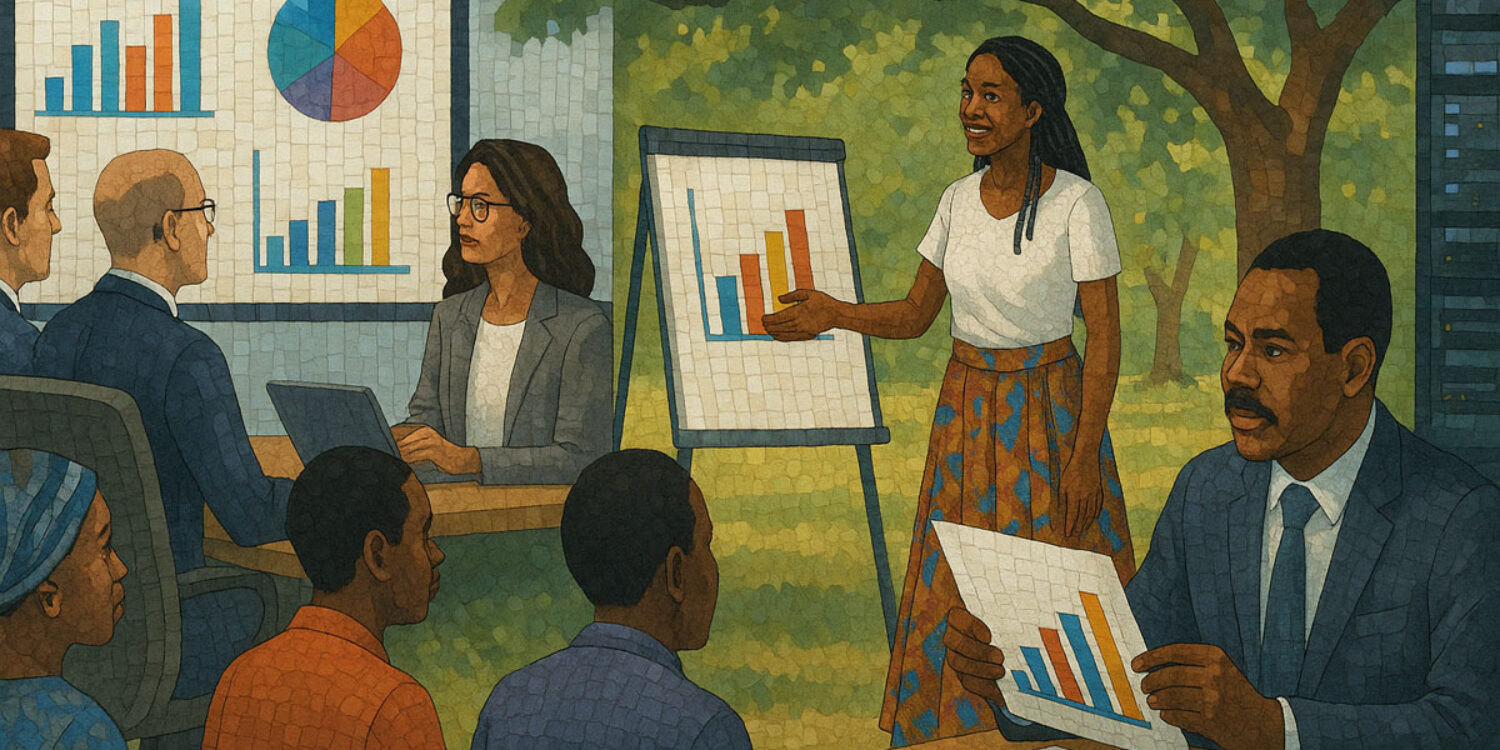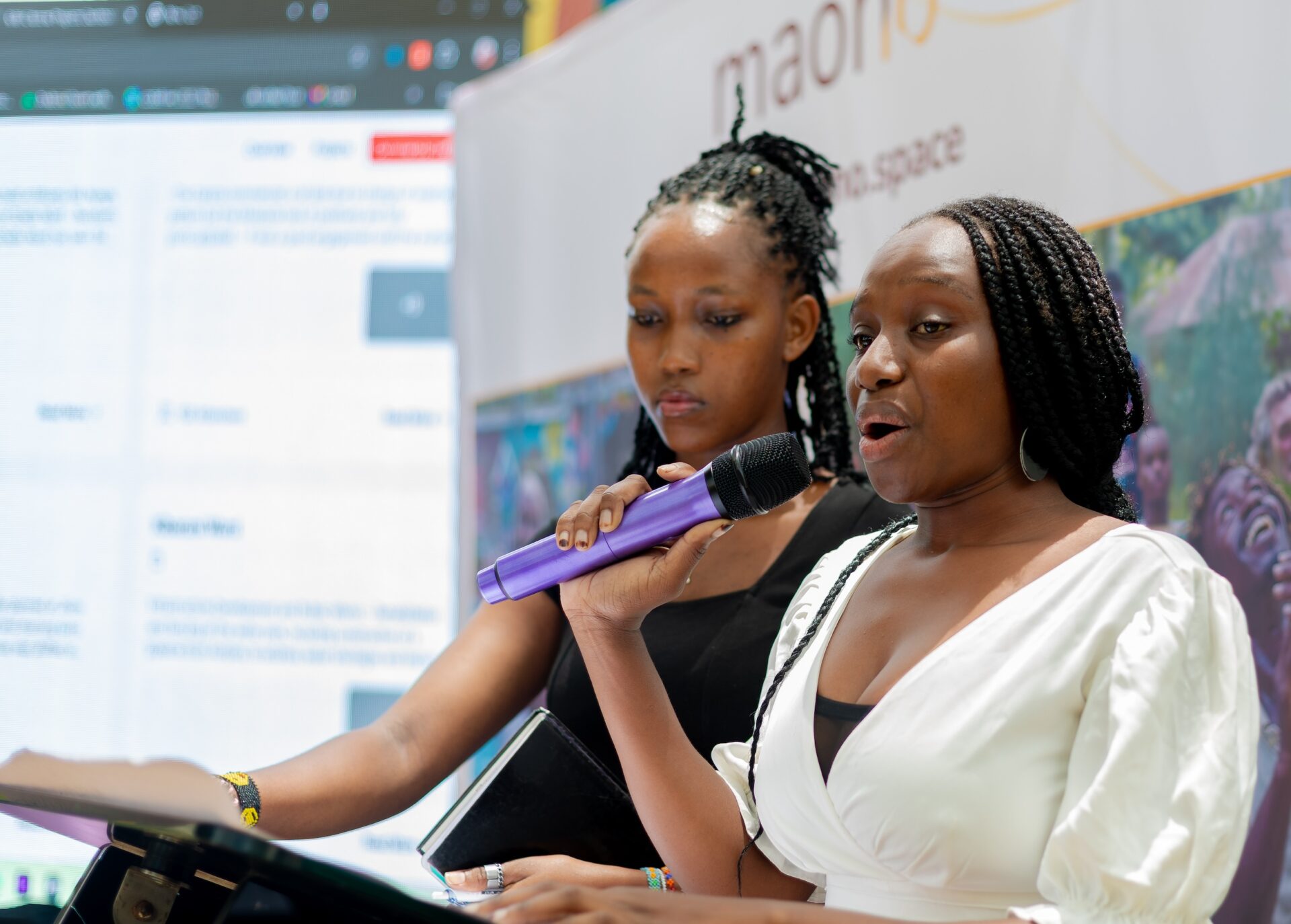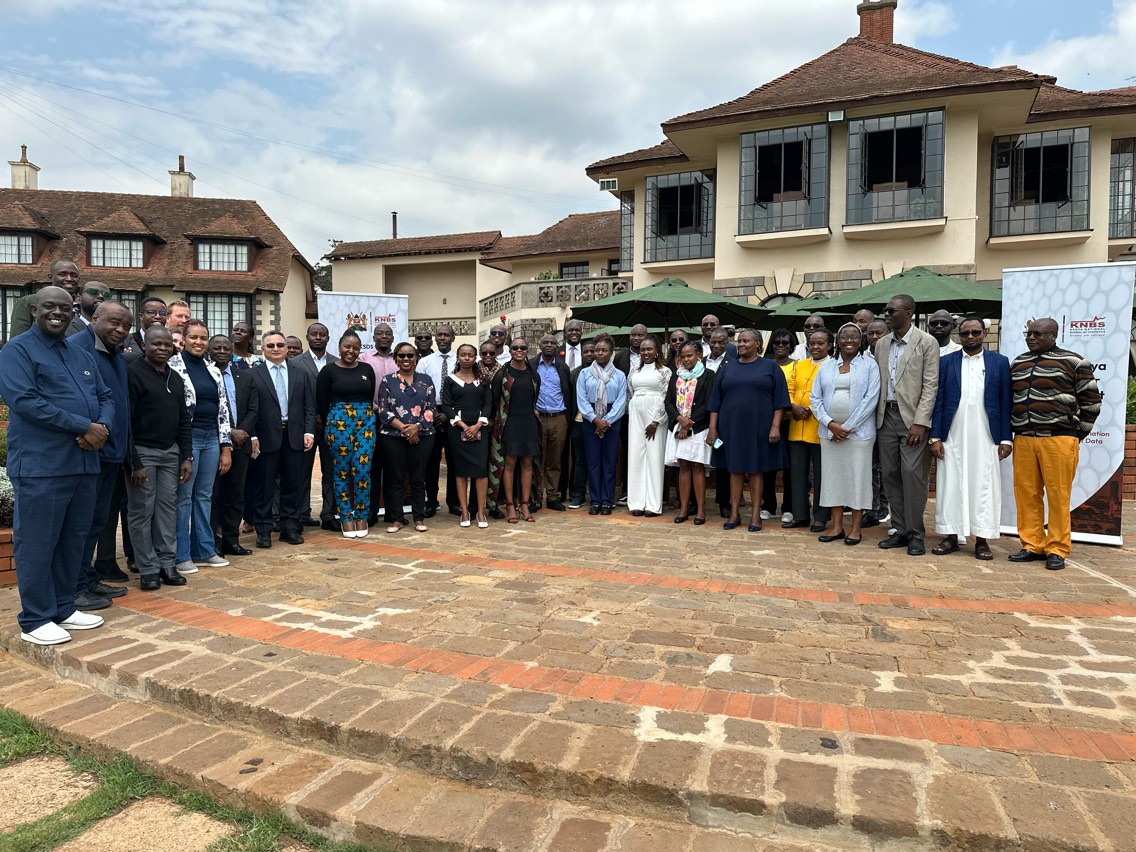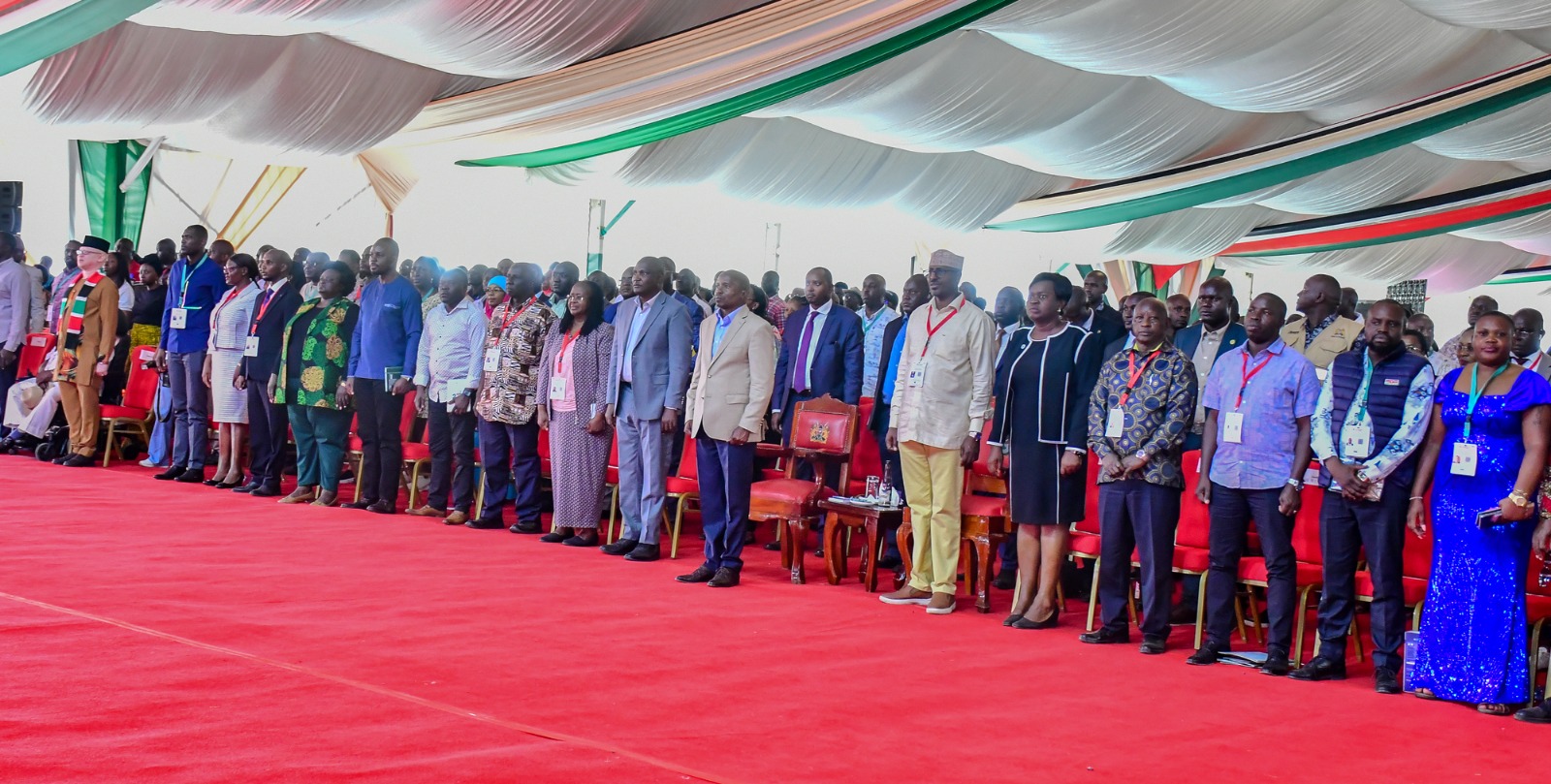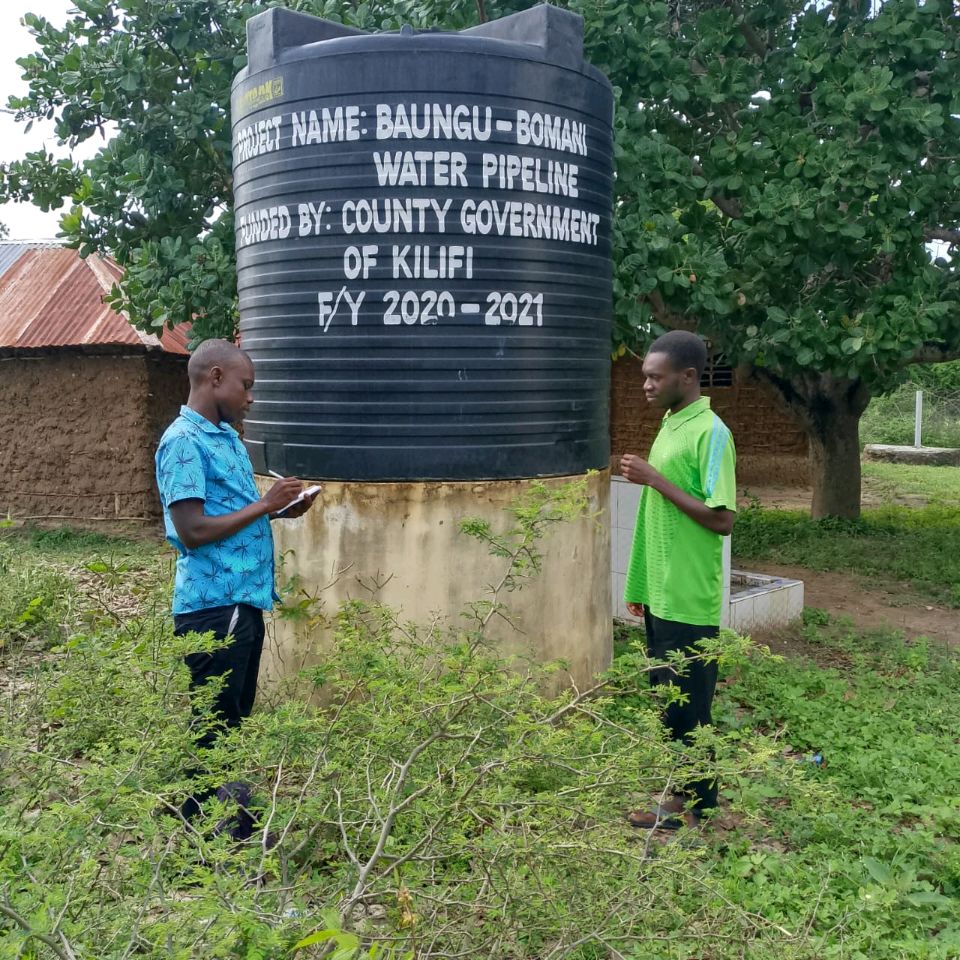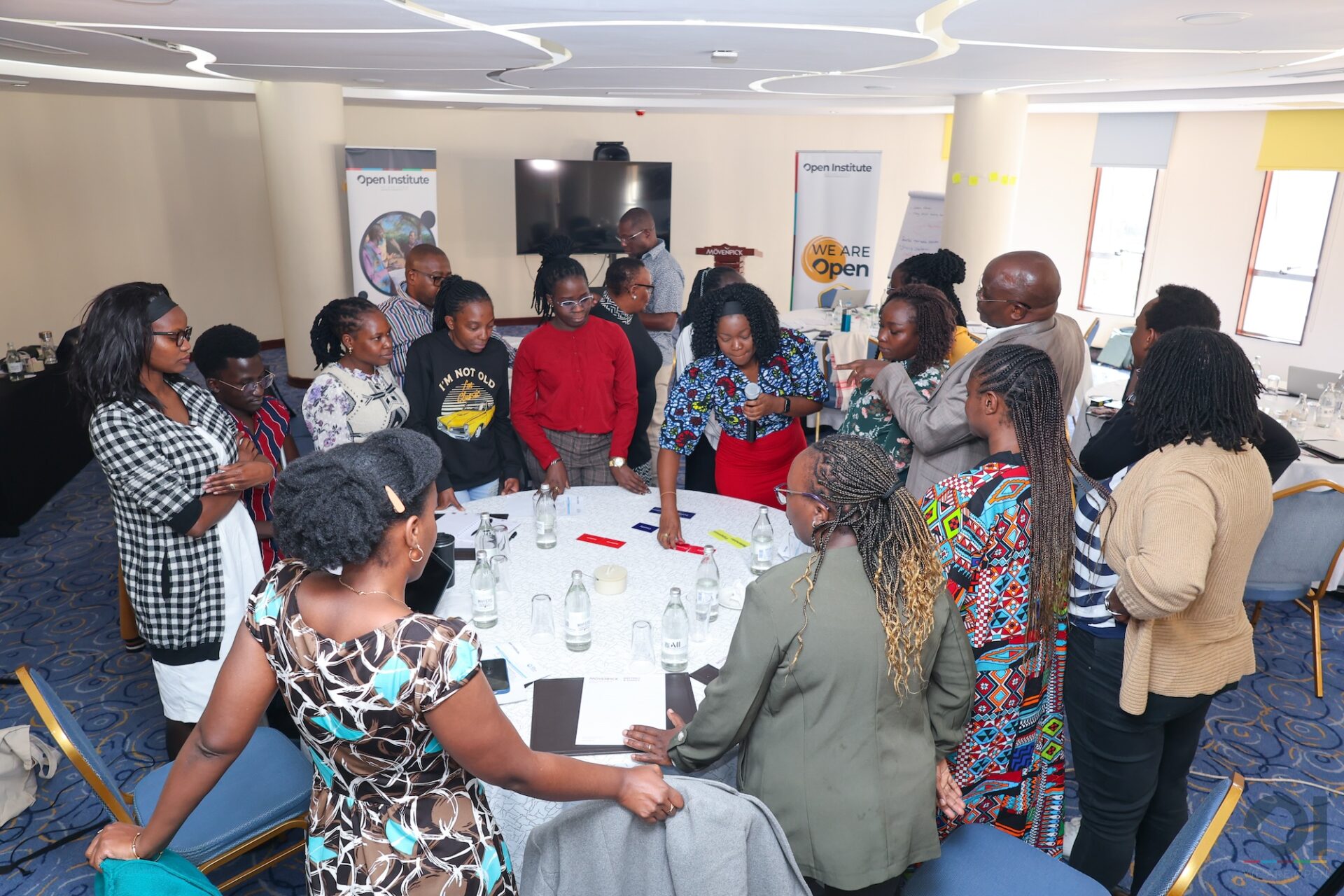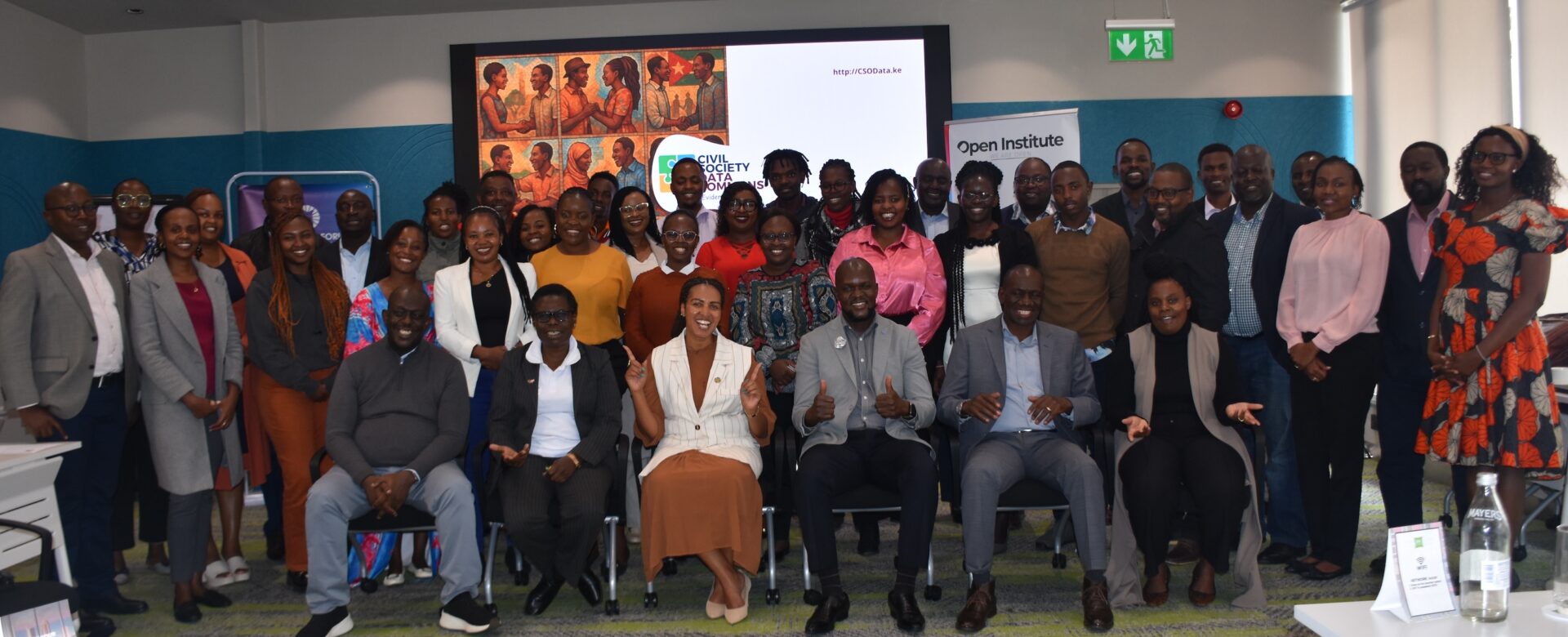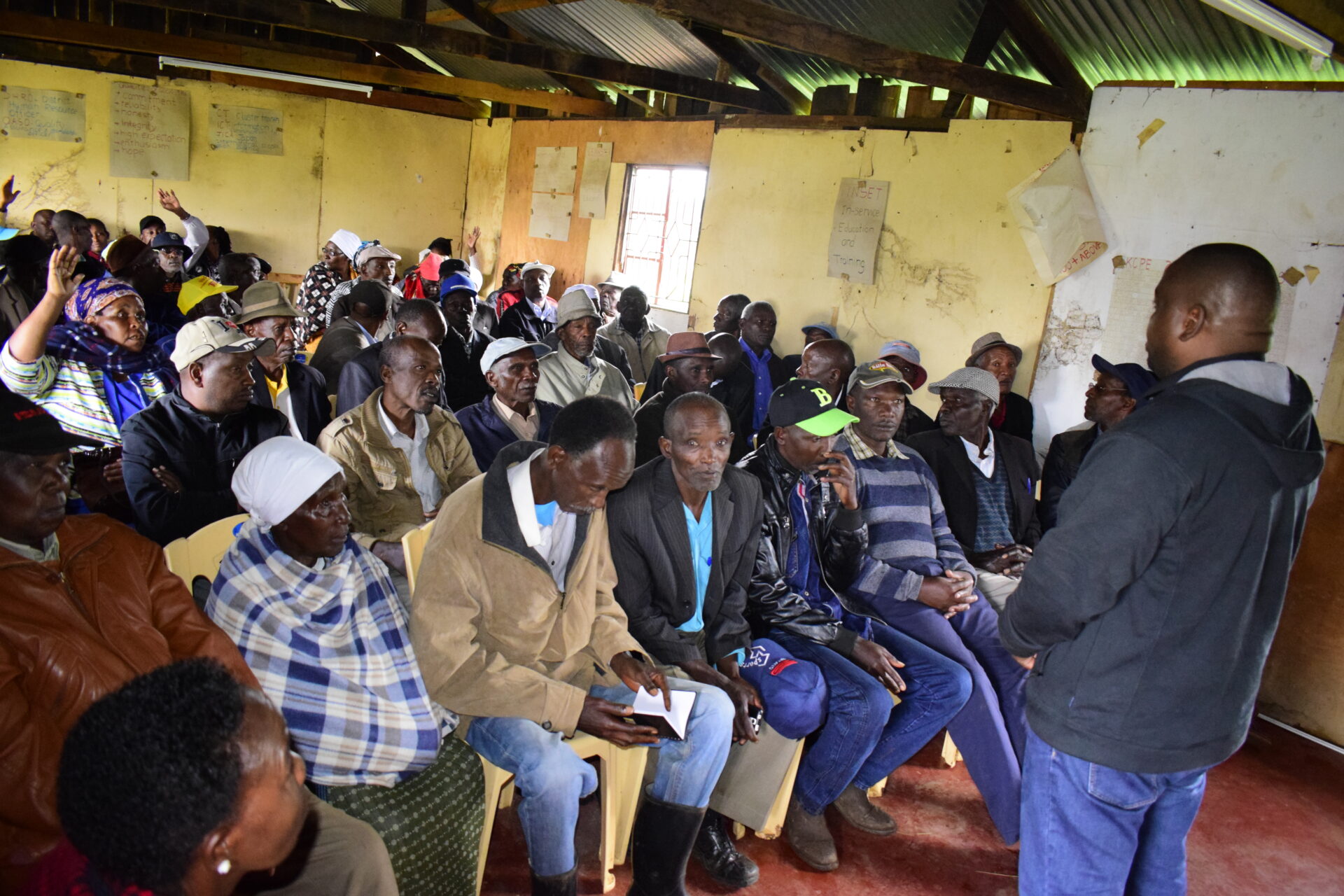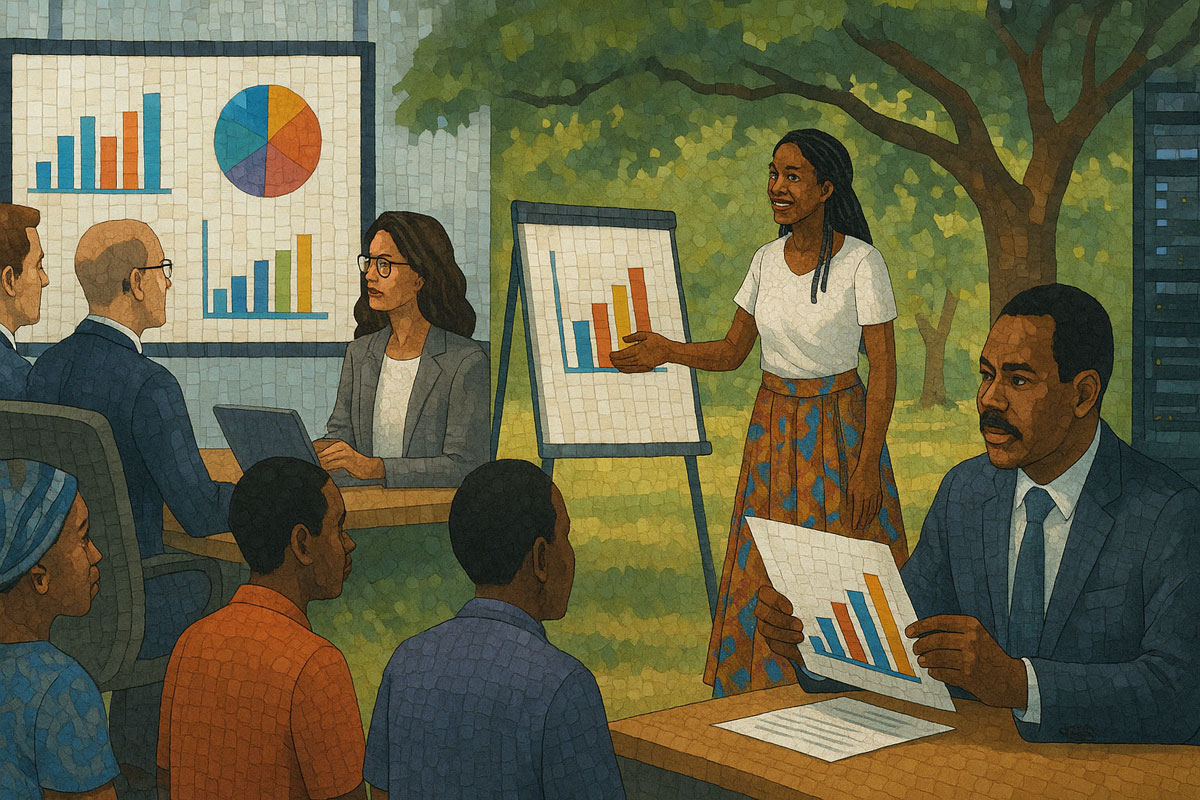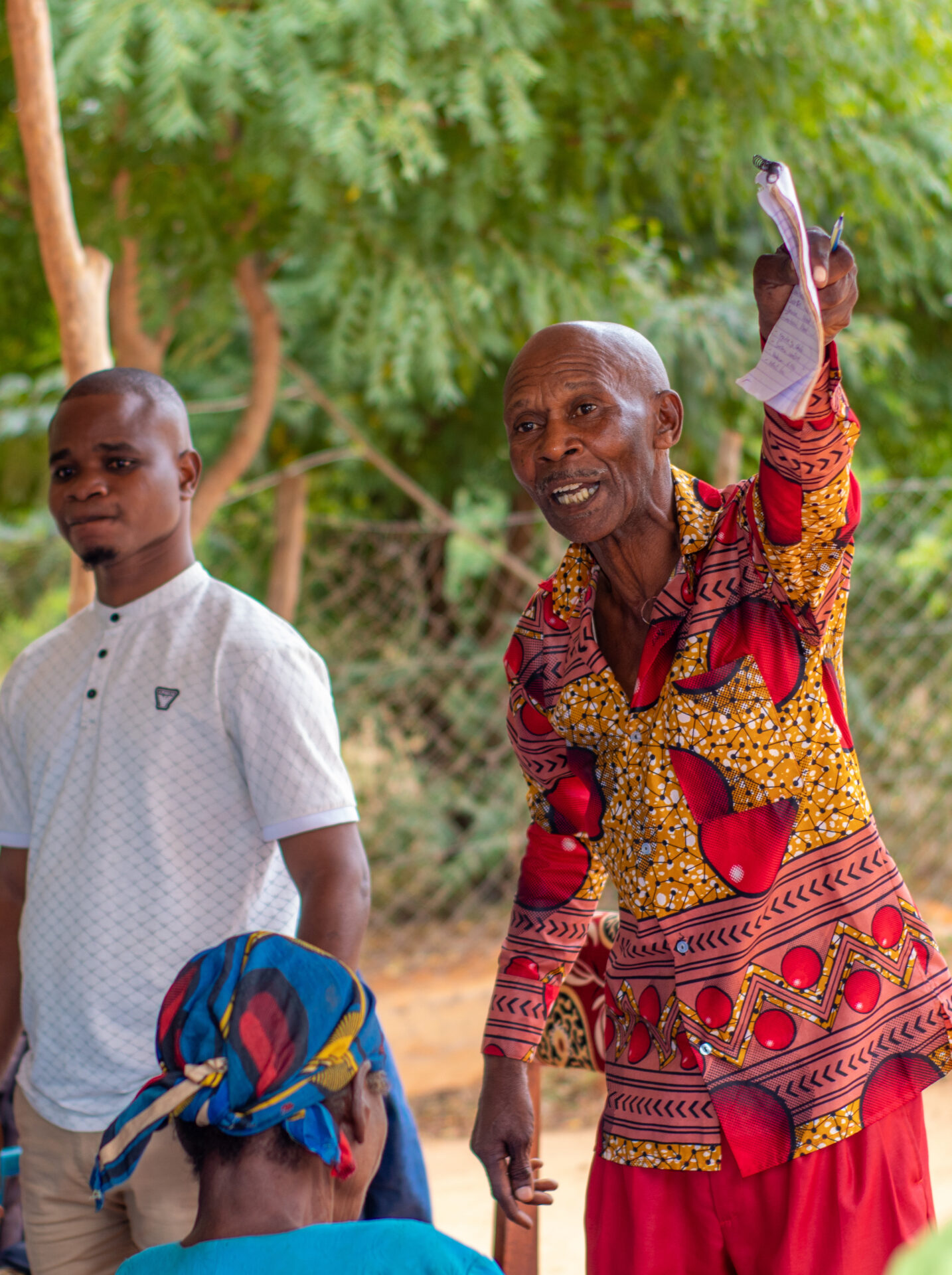We propose ten principles for guiding the reimagination of digital and data infrastructure.
The funding freezes and project shutdowns we are now witnessing across Africa’s public digital infrastructure are not just unfortunate side effects of shifting geopolitics. They are symptoms of a system designed with fundamental weaknesses. And those weaknesses have long been known: dependency on external funding, centralised control, donor-driven priorities, and disjointed approaches to data and digital systems.
Development Gateway recently offered one of the most precise and necessary analyses of this moment. Their breakdown of the structural failures — including the collapse of Kenya’s Electronic Medical Records system after USAID pulled funding, and the broader disintegration of critical systems in countries like Malawi — is not only urgent but illuminating. They laid bare the quiet risks that have always been built into donor-reliant systems: the fragility of infrastructure hosted elsewhere, the illusion of government ownership without actual control, and the vulnerability of national data systems to distant political decisions.

Now that data and digital systems are both under strain from funding cuts, the fractures in the system are starting to show. Can this be an opportunity to get over this long-standing problem?
Claire Melamed (Left)
Claire Melamed, the Executive Director of the Global Partnership for Sustainable Development Data added another crucial layer. In her Linkedin Post, she rightly called out the long-standing and frankly outdated mental model that separates ‘data’ and ‘digital’ as if they belong in different rooms. Her observation — that in 2025 many still fund, design, and govern these systems as distinct silos — is both sobering and accurate. Public servants trying to deliver services know that digital platforms and data systems are two sides of the same coin. The fact that so many partners still don’t reflect that in their programming is part of the crisis.
We agree with both analyses. And we’re glad these conversations are finally happening in the open. But at Open Institute, we believe it’s time to push the conversation further. Not only must we acknowledge the cracks, but we must also imagine entirely new foundations — ones that are grounded in Africa’s realities, built by African institutions, and resilient precisely because they are local.
Bill Anderson framed the challenge bluntly: what’s the point of digital ID if service delivery systems can’t validate beneficiaries? What’s the point of digital payments if pensioners don’t trust them? What’s the point of AI without real, local data to feed it? He’s right. The words and tools we’re working with are being fetishised — and in the scramble for attention and funding, we’re losing sight of what actually works.
We don’t need more definitions. We need usable systems. And we need what Bill, Claire, and others have called for: national strategies, owned by governments, with balanced, realistic investment plans. Because until we take a whole-society view — one that includes the women’s group with its savings book as much as the government’s central data hub — we will continue to build brittle systems that collapse under pressure.
We have worked across national, subnational, and hyperlocal levels of government and civil society in Africa. And if there is one truth that has become undeniable, it is this: data is most sustainable when it lives closest to the people who use it. The further data governance is removed from communities, the more abstract and fragile it becomes.
Africans must lead the reimagination
Before we ask international actors to change, we must be honest about what we must do differently as Africans. We must stop outsourcing the design of our public systems. We must stop confusing funding with control. And we must stop allowing our governance ambitions to be shaped entirely by what is fundable. There is no path to real digital sovereignty-or even functionality-if we don’t first claim the right to define the systems ourselves.
We must invest in our own talent, build our own capacity, write our own code, and assert our own priorities. We must reclaim not just the ownership of systems but the power to shape the principles behind them. This isn’t about rejecting support — it’s about refusing to be shaped by it.
This is our contribution: a set of principles to guide the redesign of Africa’s digital and data infrastructure. They are drawn from our lived experience working with counties, CBOs, citizens, and public servants at the frontlines of governance. They are rooted in real practice, not theory. And they are offered as a roadmap to all actors — African and international — who are serious about building systems that don’t collapse when funding ends or politics shift.
1. Build Distributed, Not Centralised, Systems
Centralised systems are attractive in theory — tidy, manageable, and technically impressive. But in practice, they create single points of failure and bottlenecks that slow responsiveness. Distributed systems reflect the messy, layered nature of real governance. They function at the national level, but mirror and reinforce that functionality at county, ward, and community levels. In a distributed system, a chief’s logbook, a village register, and a county dashboard are all part of the same living organism.
This isn’t decentralisation by delegation. It’s shared sovereignty in practice. Distributed systems are more resilient because they don’t depend on a single node staying online. They’re also more democratic — power doesn’t just radiate from the centre. It exists at every level.
2. Design for Offline-First Functionality
Most digital systems still assume fast internet, reliable power, and high-end smartphones. That’s not just unrealistic — it’s negligent. Offline-first systems work in places where mobile data is expensive, electricity is unstable, and the best device available is a shared low-end phone. They store data locally, sync when they can, and don’t punish users for being disconnected.
This isn’t about making do. It’s about building systems that fit how people actually live and work. Sabasi was built this way because it had to be. Offline-first isn’t a fallback. It’s foundational.
3. Trust and Resource the Ground-Level State
The people who actually deliver services — nurses, agricultural officers, local administrators, CBO leaders — are often reduced to “data collectors.” They’re not. They’re the face of the state. If they don’t have the tools, budget, and mandate to make decisions, then the system doesn’t work — no matter how beautiful the central dashboard looks.
This principle means shifting power and resources to where people engage with the government. It means assuming competence at the edge, not just at the centre. And it means making sure that every level of the state, especially the lowest, is equipped to act.
4. Reclaim Data as Public Memory
Data isn’t just rows in a database. It’s the memory of communities — of what was tried, what worked, what failed. A ledger in a women’s savings group is as valuable as an Excel file in a ministry. But too often, only one of those gets taken seriously.
We need to support people and communities to digitise their records in ways that respect their logic and purpose. AI can help — not as a replacement, but as a translator and amplifier. Tools should help ordinary people turn their information into useful knowledge, without needing to be data scientists.
5. Serve Humans First
Here’s the test: if a system doesn’t make someone’s life easier — a teacher, a nurse, a market inspector — then it’s not worth building. Too many platforms serve donors, consultants, or PR goals. The real users come last. That has to change.
I have told the story of a teacher who has helped deliver more than a dozen children in her classroom. Children who went into labour during class, and a make-shift labour ward was quickly assembled, and a child gave birth to a baby. This data is not found in official national-level datasets. It is not an issue that is tracked globally. Yet in that community and in many communities in rural and remote areas, it is a crucial piece of data.
Design must start with the task at hand. What does the user need? What slows them down? What would help them act faster, more accurately, and more confidently? That’s the brief. Everything else is noise.
6. Fund Institutions, Not Just Projects
In many counties, we have seen that the people who work on data are deemed unessential and many do not have contracts, or offices, or computers many months since the last elections in 2022. The counties therefore are treating the data as a “nice to have” not a must have in their decision making processes – even though the political leaders say all the right things.
A project has a launch date, a press release, and a sunset clause. An institution is what stays when the funding ends. If we want systems that last, we must build and fund the institutions that house them.
That means paying for salaries, IT maintenance, procurement reform, internal policies, and actual overheads. Not everything needs to be “innovative.” Some things just need to work.
7. Design for African Realities
Too many digital projects are built with little regard for how people actually live, relate, or make decisions. Tools are designed in boardrooms and dropped into communities that already have their own ways of organising, recording, and remembering. What we’ve seen across Africa is that the success or failure of these tools often hinges not on the tech itself, but on whether it aligns with the everyday customs, routines, and rhythms of the people it’s supposed to serve.
African life is not lived in PowerPoint slides. It moves with the seasons. It flows through communal gatherings, oral traditions, rotating savings groups, church announcements, and market days. People live in networks, not silos. They trust relationships more than interfaces.
So yes — we need systems that speak African languages, that accommodate shared phones and informal power structures, and that understand that decision-making isn’t always top-down. But we also need systems that are intuitive within the cultural logic of the communities they touch. Systems that understand when planting season begins. That remember why market traders prefer cash. That recognises the difference between ‘data’ and a story told at a funeral.
Designing for African realities doesn’t mean simplifying or watering down. It means starting from what is already there — from what works. It means treating local knowledge as a foundation, not a constraint. It’s not about giving tech an African flavour. It’s about building systems that grow from African soil, that fit the contours of life as it’s lived, and that last because they belong.
8. Ensure Interoperability Through Political Consensus
Everyone loves APIs — until politics get in the way. The truth is, systems can’t talk to each other if the people in charge of those systems don’t want them to. You can have the cleanest code and the most elegant standards, but if one ministry sees another as a rival, or if one level of government doesn’t trust the next, the data won’t move. The pipes might exist, but the taps will stay closed.
Interoperability is about relationships, power dynamics, and institutional incentives. It’s about whether public officials see value in sharing information. Whether their mandates align. Whether they’re rewarded for collaboration or punished for transparency. It’s about whether systems were built to work together, or whether they were built in isolation to please separate funders.
We need more than just technical toolkits. We need laws that require systems to connect. We need procurement policies that reward integration. We need data-sharing agreements that protect rights and clarify responsibilities. And most of all, we need political will — not just from the top, but across the whole system — to build a culture of cooperation.
Because otherwise, we’re just stacking shiny new silos — with slightly better code.
9. Legal Ownership Must Match Practical Control
There’s a dangerous illusion at play when a government is said to ‘own’ a system but has no access to its servers, no ability to change permissions, and no say over its hosting infrastructure. If you need to raise a support ticket with a third-party vendor to access your own data, that’s not ownership — that’s rental.
Ownership isn’t a sticker on a dashboard or a line in a project handover memo. It’s practical control. It means that the government can operate, modify, secure, and maintain the system without external dependency. It means public officials have root access, understand the architecture, and are not at the mercy of a departing donor or a change in vendor strategy.
Real ownership is the difference between a sovereign tool and a leased product. If systems are built with donor money, hosted offshore, coded by consultants, and controlled by vendors, then governments are just borrowing capacity. When the funding dries up or the politics shift, the lights go out.
This principle is about moving from dependency to autonomy. If we want systems that serve the public interest, we must ensure that institutions own them not just in theory, but in law, in infrastructure, and in everyday operations.
10. Honour the Local Social Contract
When people interact with a data system, they’re interacting with the state. That system becomes the face of government — it either delivers with dignity, or it depletes trust. If it demands information without explanation, if it punishes without a clear path for appeal, or if it disappears overnight with no accountability, it undermines the very notion of public service.
But when systems explain why they collect data, show people what that data is used for, and respond with something meaningful — a better health service, a faster permit, a message that says “we heard you” — then citizens begin to trust. Not just the platform, but the people and the institutions behind it.
Data systems are not neutral. They are instruments of power, of care, of connection. Every question asked, every form designed, and every response sent communicates something about the state’s posture towards its citizens.
So this principle is simple but weighty: treat every digital interaction as an opportunity to affirm the social contract. Design systems that feel fair, that reflect empathy, that give people a voice, and that offer recourse when things go wrong. That’s how digital infrastructure becomes public infrastructure. That’s how trust is built — one respectful click at a time.
What international partners should do differently
We’ve seen what happens when partners lead and governments follow — it’s fragile, it’s expensive, and it’s unsustainable. If international organisations and donors want to play a meaningful role now, they must come with humility, discipline, and long-term commitment. Here’s how:
- Back African priorities, don’t dictate them. Let governments and communities decide what matters. Support their agenda.
- Fund the unsexy stuff. Maintenance. Training. Salaries. Local procurement systems. Not everything needs to be an app.
- Don’t overwrite with branding. If your logo is bigger than the government’s, you’re part of the problem.
- Exit well. From the start, plan to hand over code, servers, knowledge, and control. And then actually do it.
- Be patient. Institutional change doesn’t follow donor calendars. Stick around long enough to matter.
This moment demands courage. And clarity.
It demands that we stop pretending the next shiny tool will fix broken systems. It won’t. Only institutions, built and trusted by citizens, can do that. This isn’t about technology. It’s about control, care, and commitment.
Let’s build systems no one can switch off from afar. Let’s build from the soil up.

